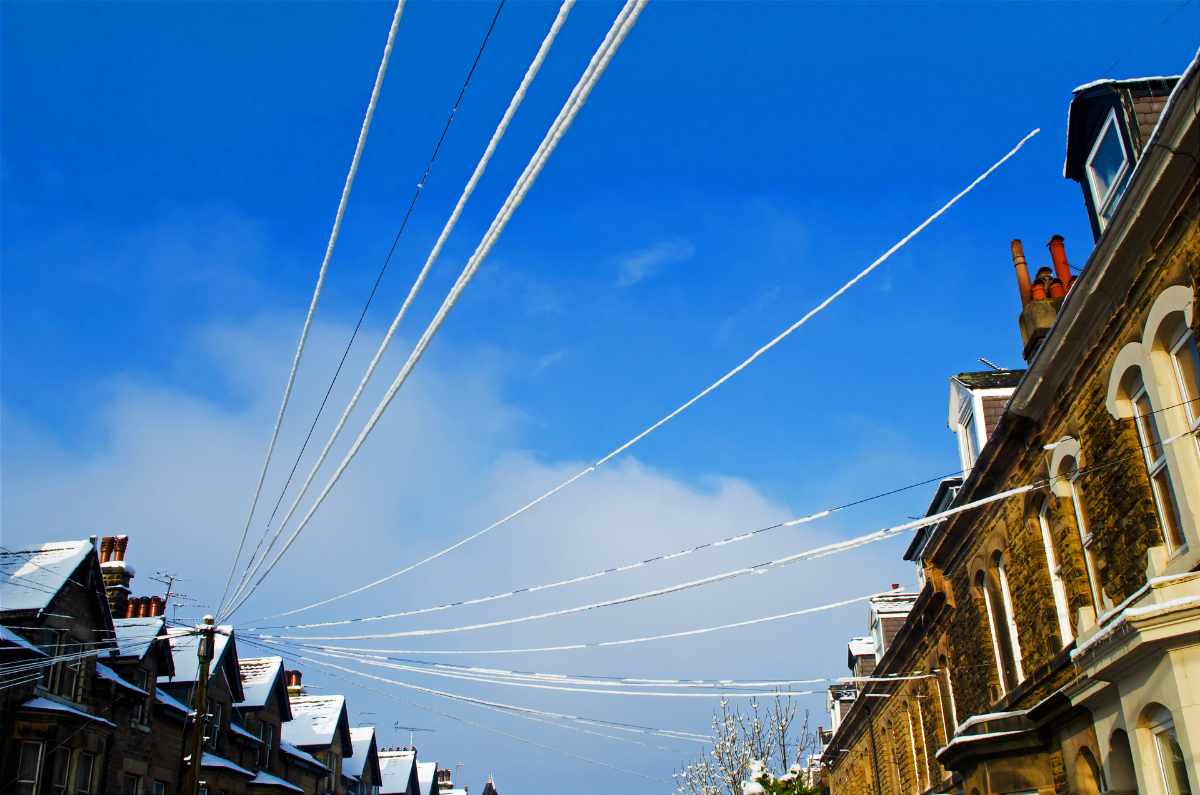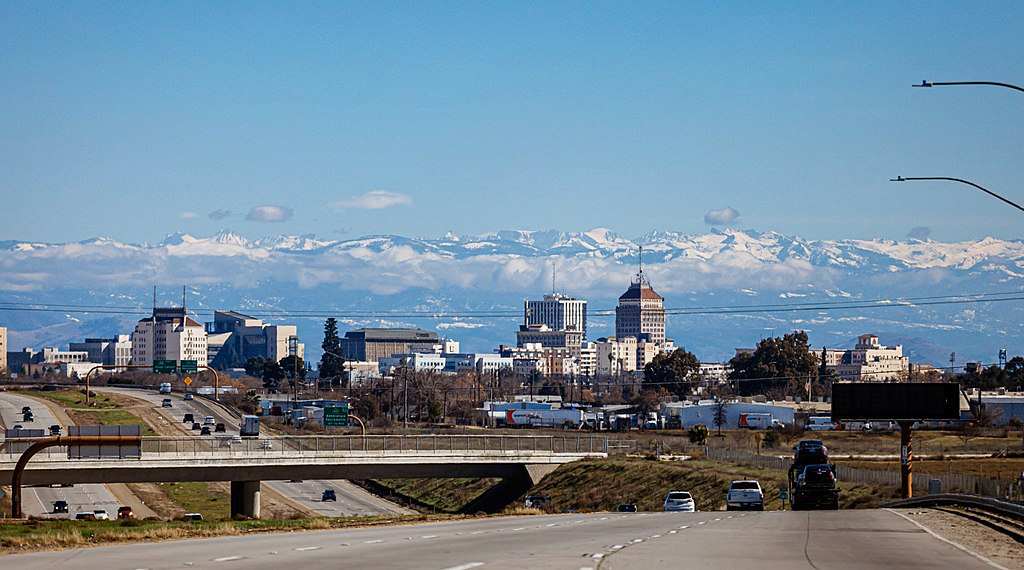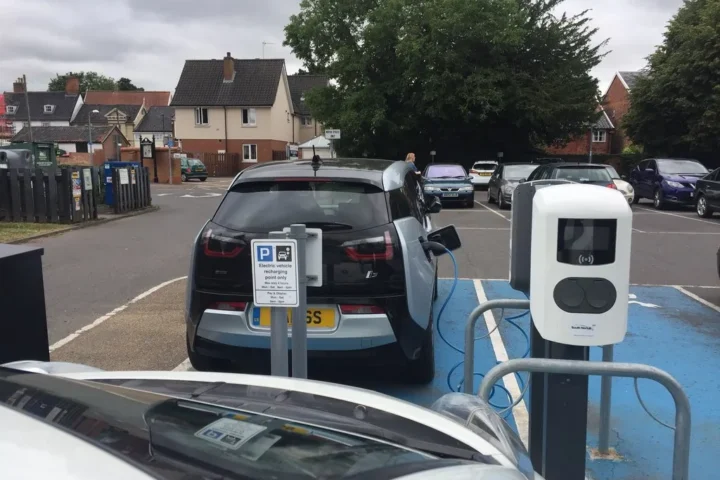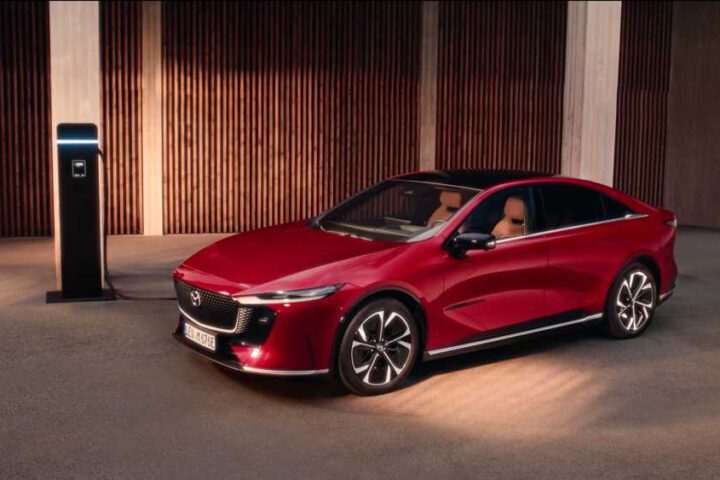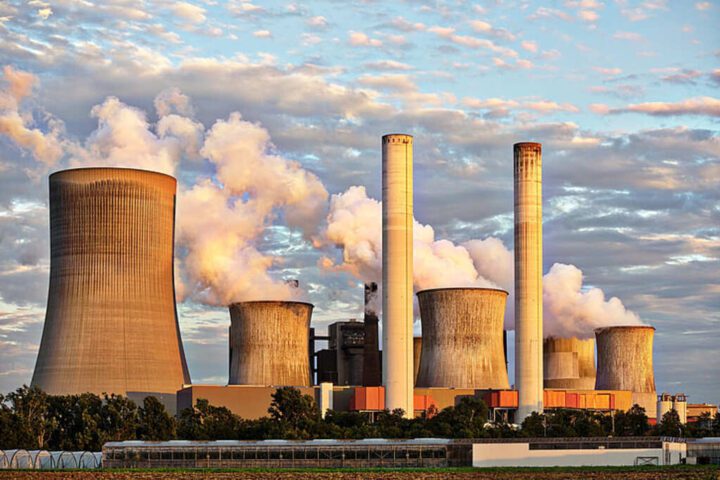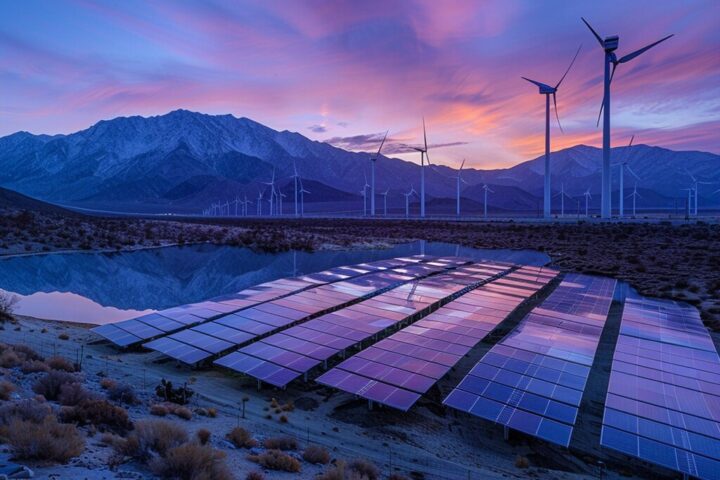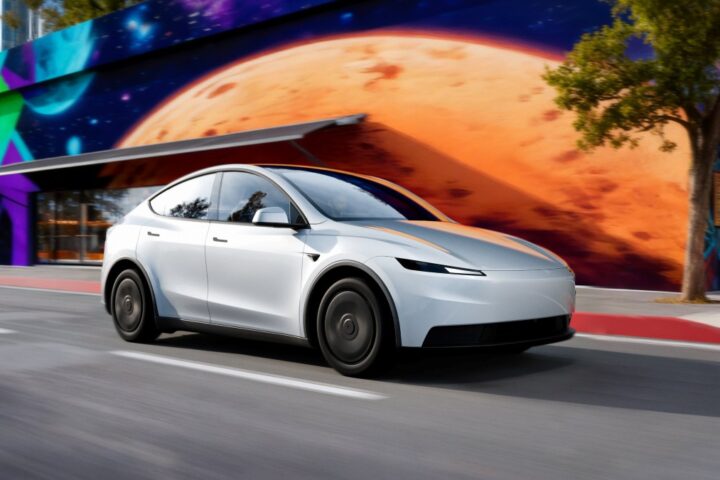Struggling to heat your home? Your bank balance might soon determine what you pay in daily energy charges, as regulator Ofgem opens consultation on “progressive standing charges” that could link fixed costs to household wealth or income.
The proposal aims to shield vulnerable households from rising network costs while potentially increasing bills for wealthier customers. It marks a significant shift from the current one-size-fits-all approach that critics say unfairly burdens low-income consumers.
Under the plan, your council tax band or earnings data could determine what you pay in daily standing charges – those fixed fees that hit your bill regardless of how much energy you actually use.
Quiz: What’s Your Energy Standing Charge Score?
Answer 3 quick questions to see if you’re paying too much—and get tips to save!
“We need to think about fairness in how we pay for our energy system,” Ofgem states in its Call for Input document.
The regulator notes that standing charges have jumped 13% for electricity in Q2 2024, while unit rates fell 9% (CBP-9714 PDF).
For many struggling on prepayment meters, these daily fixed charges are particularly painful. National Energy Action reports that high standing charges can force prepayment customers into “self-disconnection” when charges continue to accrue even when no energy is used (NEA response).
Energy Secretary Ed Miliband supports examining fairer cost allocation alongside net-zero targets, according to recent statements. Labour pledged to cut bills by £300 by 2030, but questions remain about how this fits with rising infrastructure costs.
Consumer champion Martin Lewis has cautioned that any reform needs careful implementation. “Non-capped low-standing-charge tariffs could carry higher unit rates and require active switching,” he warned in a recent update.
Ofgem’s proposal includes two main approaches:
- Income or wealth-based standing charges using proxies like council tax bands
- Peak-time usage charges that reflect periods of network stress
The second option would leverage smart meter data, now available in over 90% of UK homes, to better align charges with actual network costs.
What many outlets haven’t covered is how these changes might interact with existing support schemes. Citizens Advice warns that without integrating the Warm Home Discount and Energy Company Obligation schemes, low-income proxies alone may not shield all vulnerable households.
Regional disparities also complicate matters. Network costs vary significantly by location – remote Scottish islands face higher per-customer fixed costs than urban areas, creating potential winners and losers under any new system.
Administrative feasibility raises further questions. Ofgem’s consultation acknowledges privacy and data-matching challenges in linking billing systems to wealth indicators. Any scheme would need robust data security measures to comply with GDPR.
Economic modelling by Ofgem indicates that while reducing standing charges benefits many lower-income households, some medically dependent high-usage consumers could face increased bills under a pure usage-based model.
Prepayment meter users deserve particular attention. They currently face higher rates despite often being in more precarious financial situations. National Energy Action’s research documents mental health impacts and self-disconnection risk when charges accrue during periods without energy use.
The standing charge system dates back to the 1989 Electricity Act, when simplifying bills was prioritised. January 2019 saw the first price cap limits on standing charges, but criticism of their regressive impact has grown as network renewal costs accelerate.
Ofgem expects further consultation this autumn and aims for offering low or zero-standing-charge tariff options by January 2026.For now, households can only wait to see whether their energy bills will soon reflect not just what they use, but what they earn.
Frequently Asked Questions
What are standing charges?
Standing charges are fixed daily fees on your energy bill that pay for network upkeep, meter reading, and customer services, regardless of how much you use.
Why are standing charges rising?
They’re increasing to help cover the cost of upgrading and maintaining electricity cables and gas pipes, even as the price per unit of energy falls.
Who benefits from a progressive charge?
Lower-income households pay less under the new model, since charges can be scaled based on income or wealth proxies.
Who might pay more under the new model?
Wealthier households or those using more energy may see higher standing charges each day.
How does my council tax band affect my bill?
Ofgem could use your council tax band as a simple way to estimate household wealth and set your daily standing charge accordingly.
How are prepayment meter users impacted?
Prepayment meters still incur standing charges every day, which can build up and cut off supply if your credit runs out.
Where can I get help or discounts?
Check if you qualify for the Warm Home Discount or other support schemes to reduce your bills if you’re on low income or vulnerable.
